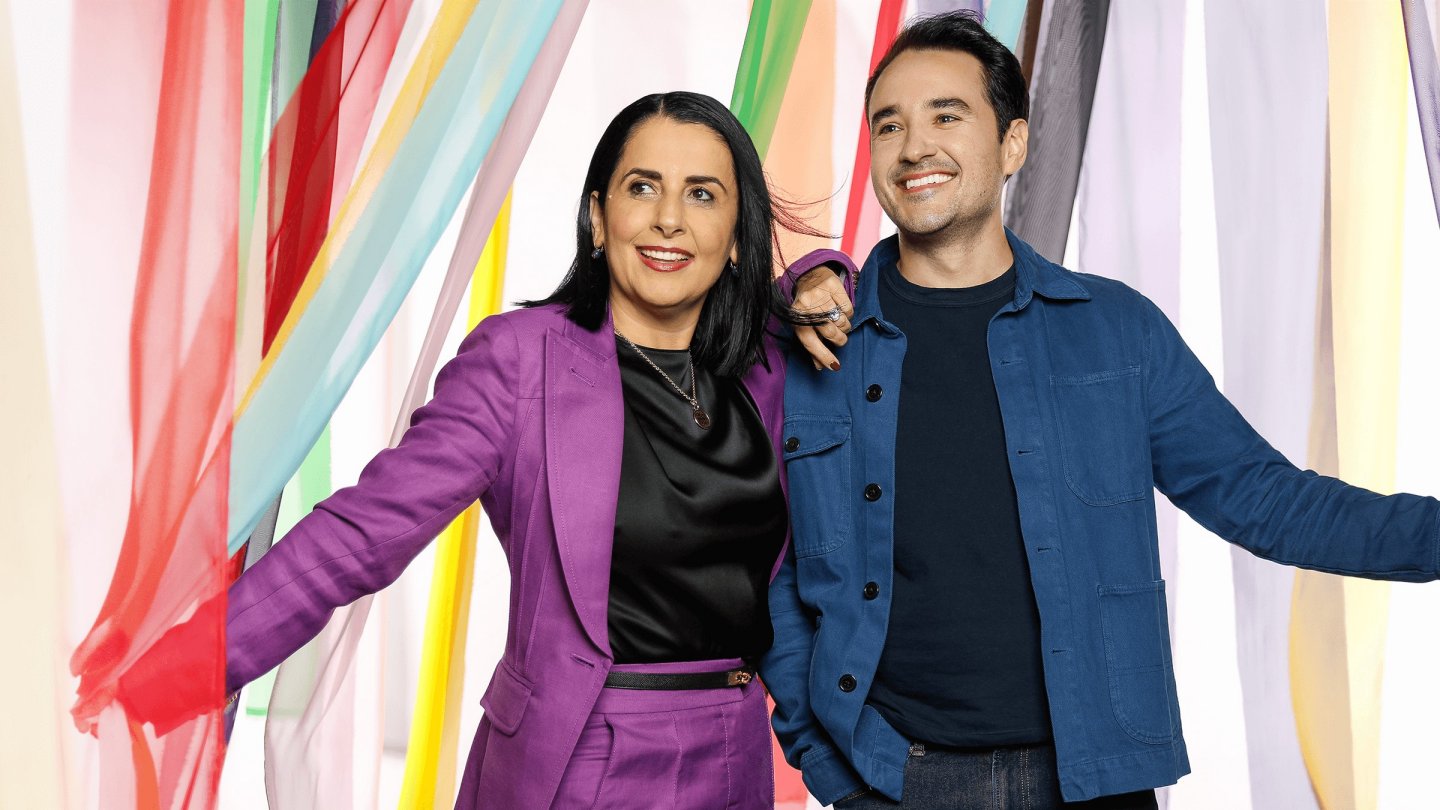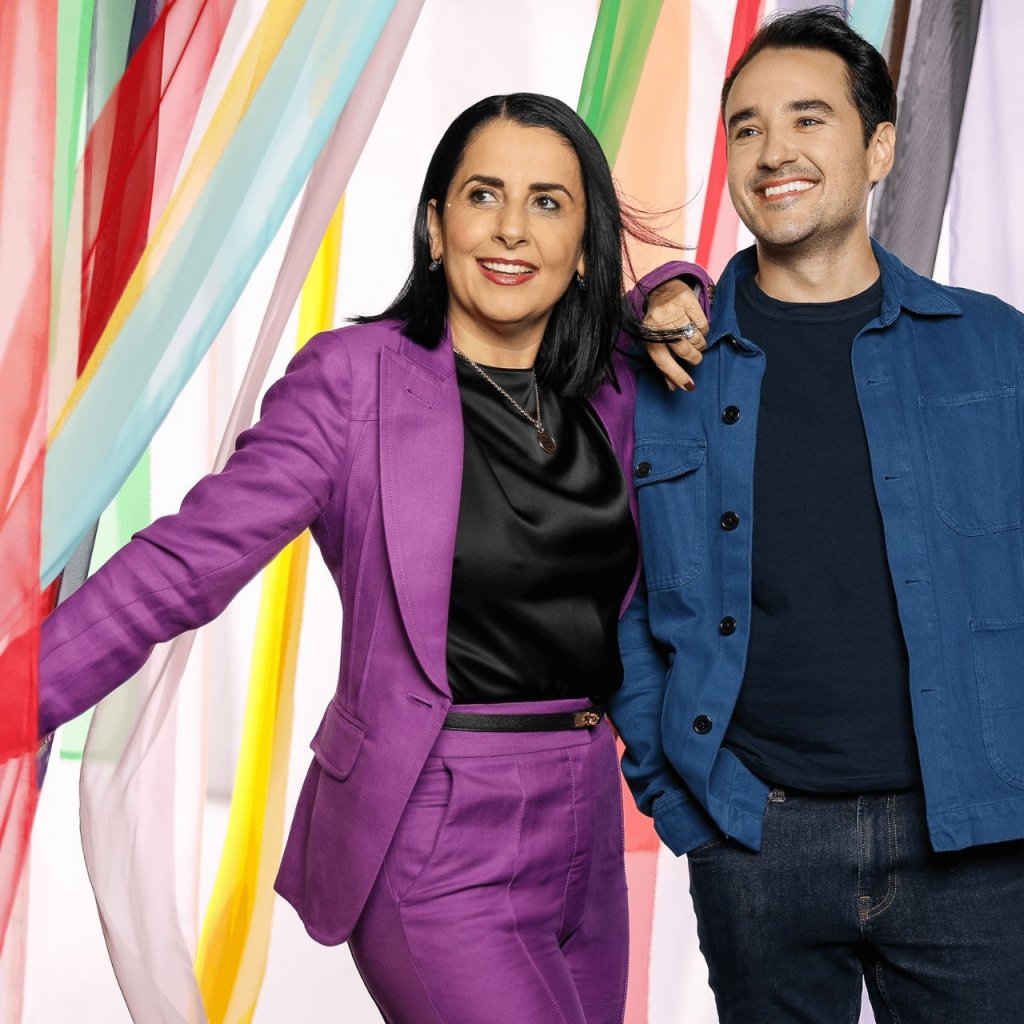Under the rainbow: Creating intentional allyship in the workplace

During Pride Month, social feeds in many parts of the world burst into a kaleidoscope of colors, and companies unfurl their rainbow flags in a show of support for LGBTQ+ employees, partners and customers. This reaffirming annual celebration has become a public badge of corporate allyship with the LGBTQ+ community — or more accurately, communities.
At first glance, external advocacy seems like the perfect way to express support for our LGBTQ+ employees as visibility moves societies in the right direction. However, that vibrant external color should reflect an internal narrative of allyship, permanent introspective work and deep commitment within the organization. It is internal commitments and practices that most increase equity, inclusion and well-being — and enhance quality of life for LGBTQ+ employees. It may not be as loud and proud but arguably has a greater impact on the everyday lives of LGBTQ+ stakeholders. In our diverse sociopolitical world, this is very important.
The reality is that not every company in every country can engage equally in public advocacy without pushback, or even outright repercussions. Fortunately, real allyship isn’t only about “talking the talk.” It’s also about “walking the walk” through meaningful understanding of the realities in each country for developing programs, policies and career opportunities within the confines of the law.
The most important litmus test of true allyship is the internal environment a company cultivates for its LGBTQ+ stakeholders. Without those practices, external gestures may well be seen by employees as empty talk.
Allyship amid turbulent sociopolitical winds
Your perspective on progress toward LGBTQ+ equity probably depends a lot on where in the world — and history — you are standing. Organizations should certainly stay aware of the challenges derived from sociopolitical strife and develop global policies and programs to mitigate the effects of polarization. Many places have experienced troubling social backlash, rolling back of rights and general destabilization of psychological safety over the past few years.
At the same time, other areas have seen significant progress in attitudes towards LGBTQ+ rights. For example, Singapore lifted a ban on same-sex sexual activity in 2022, after de facto decriminalizing gay sex in 2007 — as did three Caribbean states: Antigua and Barbuda, Barbados, and St. Kitts and Nevis. As of this writing, more than 38 countries recognize same-sex marriage — and support for LGBTQ+ communities’ rights sits at an all-time historical high.
The enhancement of new regulations has been a game-changer for LGBTQ+ employees and their families. It appears that these regulations have not only protected LGBTQ+ individuals from discrimination but have also created an environment that fosters their personal and professional growth. By having access to equal opportunities and benefits, LGBTQ+ employees can now develop fulfilling family lives, thrive in the workplace, pursue local and international careers, and build financial security on par with their cisgender and heterosexual colleagues. This progress marks a significant step toward a more inclusive and equitable society for all. The future holds great promise.
What is the role of employers?
Employers are the linchpin in the advancement of LGBTQ+ rights. Positioned uniquely at the intersection of societal change and individual well-being, you have the power and responsibility to create an inclusive culture through policies, advocacy and action.
This is the leadership stakeholders are looking for. According to the 2024 Edelman Trust Barometer, businesses are the most trusted institutions, ahead of NGOs, government and the media — placing them in an optimal position to drive genuine support and change.
Our 2024 Global Talent Trends research, however, reveals that trust in organizations has eroded somewhat since the height of the pandemic, so it’s all the more important to preserve it. That research found that “employees’ trust in their organization is the strongest variable in influencing how energized they feel at work, their sense of thriving, and their intent to stay.”
Companies should be ready to offer external advocacy and support where possible. But as we laid out above, internal actions can have a true impact on LGBTQ+ employees’ daily lives. Equalized pay, comprehensive and inclusive benefits, career equity, mental health and wellness, along with a culture of support and an emotionally safe environment, are essential elements of a truly inclusive workplace — and areas in which companies have the greatest ability to make change. Those core policies serve as the foundation upon which authentic allyship is built, allowing for a safer, more supportive environment for LGBTQ+ employees, irrespective of the external sociopolitical landscape.
External allyship
Internal allyship
Congruence between brand and employee experience
It’s important for organizations to navigate the delicate balance between external visibility and internal action but always to be sure substance underlies flash. Ensuring that your internal policies reflect the inclusive messages portrayed externally could strengthen the credibility of the company’s allyship, strengthen the employer deal and enhance your overall brand.
Note the inclusion here of purpose and values as a linchpin. By embedding allyship into the company’s purpose, organizations can ensure that their support for LGBTQ+ employees is both intrinsic and intentional. What matters here is having a strategy and working incrementally toward your purpose in a way that bridges the say/do gap. By doing so, you not only demonstrate a commitment to LGBTQ+ rights but can also create an environment of psychological safety and equitable well-being that can help those stakeholders feel they belong and will be safe with you. This inclusive environment would allow them to contribute their unique perspectives and experiences, leading to enhanced creativity, innovation and productivity within the workplace.
Actionable steps for creating a more inclusive, equitable work environment
Taking a leap of faith
One last thought: We know measuring the impact of policies and practices that support LGBTQ+ employees can be challenging, especially in environments where they may be reluctant to self-identify. While a true measure of allyship isn’t always visible in numbers, you can use a myriad of agnostic metrics as a guiding star. It’s important to continuously measure your efforts so they can be managed. Regular employee surveys, focus groups, ILM mapping, audits and anonymous feedback mechanisms can provide insight into the effectiveness of your inclusivity initiatives, even if the direct impact on LGBTQ+ employees isn’t immediately apparent.
When companies take the leap to prioritize internal allyship, they send a powerful message — that they’re committed to creating a workplace where everyone, regardless of sexual orientation or gender identity, can thrive. This commitment, rooted in action and guided by purpose, is what truly transforms the workplace and society at large.
An internal-first approach isn’t just a strategic choice but an imperative for companies seeking to stand in solidarity with the LGBTQ+ community — not just in the bright light of June, but throughout the year, under the ever-watchful gaze of the rainbow.
Creating intentional allyship in the workplace
MMB Multinational Advisory Bureau, Principal & Senior International Consultant at Mercer
Related solutions
-
Total rewardsGender and racial pay equity has become a critical priority for C-suite and HR leaders. Mercer helps organizations effectively address pay equity to ensure…
-
Health and benefits
Employee benefits strategy and consulting
Employee benefits solutions to help you manage spend, manage risk, support employee choice/engagement and align to business strategy. Featuring employee benefits…
Related insights
-
Talent & transformation
A new approach to financial wellness for LGBTQ+ employees
As we celebrate Pride in 2024, employers can adopt a new approach and position their LGBTQ+ employees to build wealth, save for retirement and thrive. -
Future of work
Global Talent Trends 2024-2025
In an era where people risk equates to business risk, striking the balance between tech acceleration and a winning work experience will be critical. -
DEI insights
AI and DEI
Artificial intelligence has the potential to infuse diversity, equity and inclusion (DEI) into organizations at a systemic level — if it’s used wisely.









